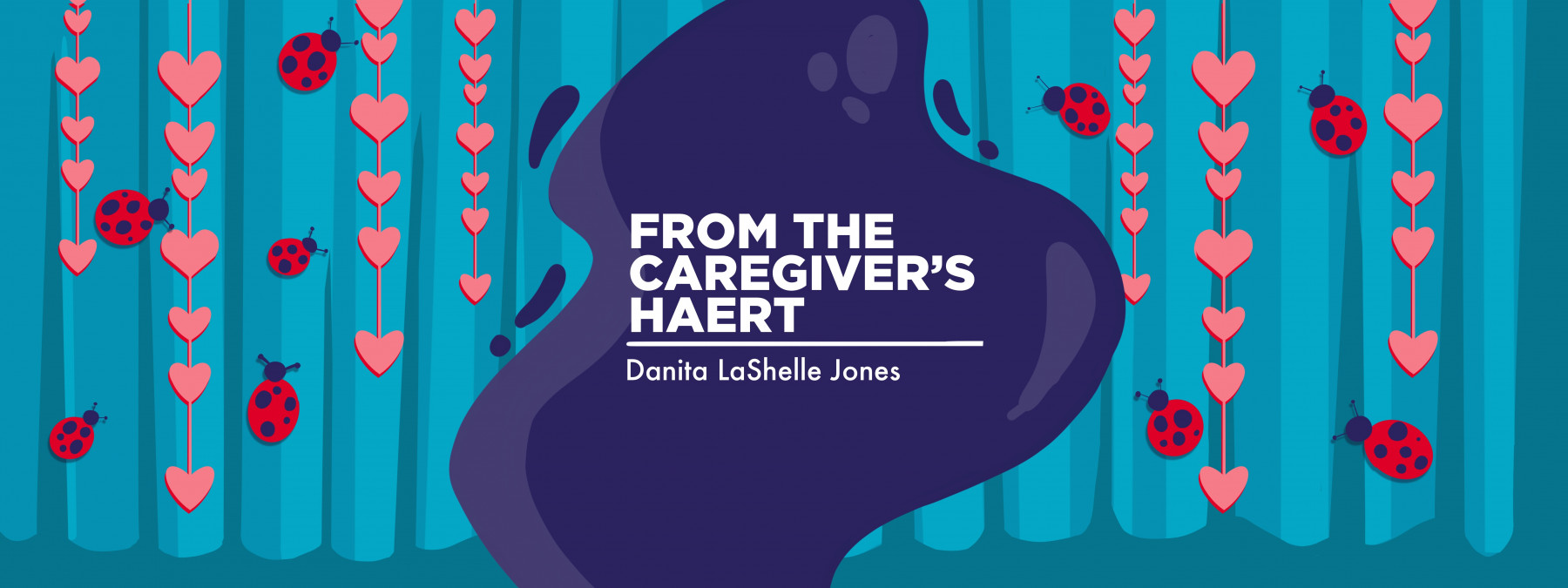With rare diseases, not every cloud has a silver lining
Sometimes it's important to just let people feel their emotions
Written by |

“Oh, that’s why they’re bad,” is what we’re supposed to say.
The last decade has seen a rise in popularity of fictional villain origin stories. Whether it’s a segment in a movie about the hero of the story or a full feature film, many franchises have begun rewriting the history of our favorite bad guys so that they don’t seem so bad.
For example, we rooted for Maleficent’s demise in the original Disney animated feature “Sleeping Beauty” from 1959. Later, the 2014 live-action movie starring the sorceress told audiences that she wasn’t trying to kill Sleeping Beauty but rather protected her while seeking revenge on the king for how awful he treated her during their childhood. The movie even credited the not-so-evildoer for secretly waking the princess with a motherly, true-love kiss.
In the 1961 animated film (and its 1996 live-action remake) “101 Dalmatians,” we were shown how relentlessly Cruella de Vil pursued helpless puppies to skin them for a fabulous new coat. Yet, in the 2021 film “Cruella,” we learn that she was an orphan who may or may not have had a complicated relationship with this particular dog breed, and someone else was way worse than her.
It doesn’t stop there. Most movies have stopped making the antagonist solely immoral, opting instead to make them more complicated. Sometimes, with a little reworking, the antagonist’s plan is just misunderstood. Also, the vocabulary to describe these individuals has shifted from “antagonist” or “villain” to “oppositional character.”
Ultimately, these films have created the narrative that these characters are, in fact, good, even if it was long ago. But good is in there somewhere.
Although I can’t say for sure, I used to suggest to my screenwriting students that this shift in visual storytelling occurred because people want to believe there is a sliver of good, even in the worst-case scenario. If we can find the one good thing, at the very least, and see what happened to make a situation worse, it helps us feel better.
But my theory came from a situation that had nothing to do with movies.
Learning to let it be
When our oldest daughter, whom we lovingly refer to as Ladybug, was diagnosed with hereditary angioedema (HAE), I would insist that we find the silver lining in this “bad thing.” Yet, at the end of each week, when our family would gather on Friday nights at sunset and talk about what we were thankful for, if Ladybug had a bad health week, she wouldn’t say anything.
For a long time, I’d try to get her to come up with something. If I had to administer Berinert and fight through her crippling fear of needles, maybe at least I got the vein on the first stick. If she had to go to the pediatric intensive care unit, perhaps she got her favorite flavor of popsicle. If she had to miss several days of school, maybe at least she got some rest.
I’d give her all of these options, but Ladybug would just shrug.
“I know you’re trying to help her see the positive in this,” my husband, Paul, said one evening. “But sometimes, we should just let her feel how she feels.”
At that moment, I realized that I’d been trying to help her find the silver lining of HAE because I wanted to feel better about it. I wanted to see past the maintenance meds, the numerous doctor appointments, the failed clinical trials, the excessive school absences, and the mountains of makeup schoolwork.
My selfish intentions had driven me to find the “good” in her illness.
As caregivers, it’s important to remember that sometimes, what our loved ones are experiencing has no upside. That doesn’t mean it never will. However, our job isn’t to force them to find it; it’s to comfort them until they do.
Note: Angioedema News is strictly a news and information website about the disease. It does not provide medical advice, diagnosis, or treatment. This content is not intended to be a substitute for professional medical advice, diagnosis, or treatment. Always seek the advice of your physician or other qualified health provider with any questions you may have regarding a medical condition. Never disregard professional medical advice or delay in seeking it because of something you have read on this website. The opinions expressed in this column are not those of Angioedema News or its parent company, Bionews, and are intended to spark discussion about issues pertaining to angioedema.







Leave a comment
Fill in the required fields to post. Your email address will not be published.